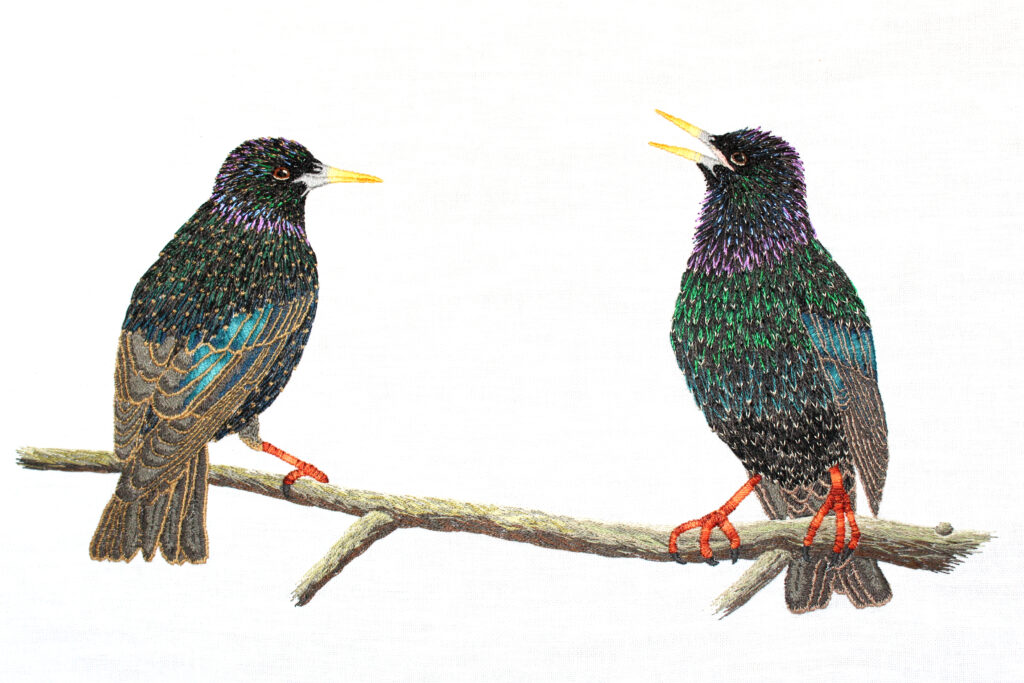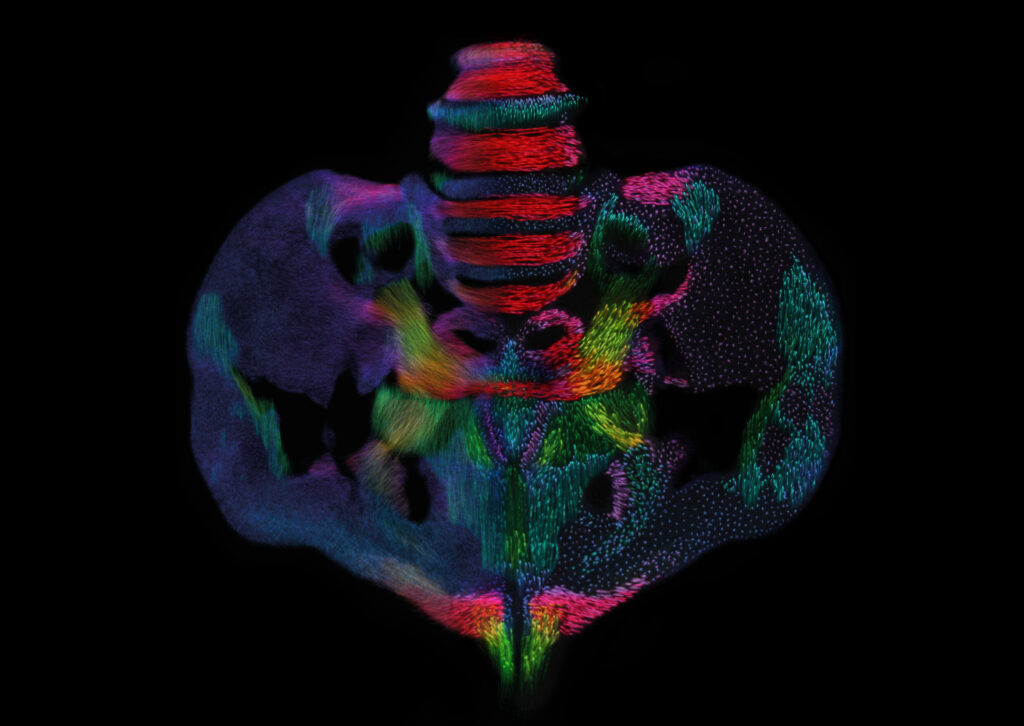
Songbirds are present all around us in our daily lives, but did you know that besides their beautiful song each morning they can also teach us something about neuroplasticity? My name is Jasmien Orije, and during my PhD at the Bio-Imaging Lab, under supervision of Professors Annemie Van Der Linden and Marleen Verhoye, I had the opportunity to work with this remarkable animal model for neuroplasticity.
Neuroplasticity is the brain’s ability to modify, change, and adapt its structure and function throughout life and in response to experience. We know that neuroplasticity and learning occur more easily early in life. Think for example of children who can learn a new language much faster and more proficiently than adults.
These periods of heightened neuroplasticity early in life are so-called ‘sensitive windows of plasticity’. However, because the neuroplasticity and learning of certain skills is confined to a specific period early in life, it is difficult to improve learning later on or to rescue errors that occur during this period, as is the case in several neurodevelopmental disorders, such as autism. However, scientists are trying to uncover the fundamental underlying mechanisms of sensitive windows in neuroplasticity to ultimately alter the timing or reintroduce plasticity later in life.
Interestingly, some songbirds possess the unique ability to spontaneously reopen these sensitive windows in adulthood. More specifically, seasonal songbirds, such as starlings modify their song each year, while their brain structurally reorganizes itself accordingly. This makes starlings an ideal animal model to study the permissive circumstances that allow this spontaneously reoccurring neuroplasticity.

We were specifically interested in the role of hormones, such as testosterone and thyroid hormones, on this spontaneous neuroplasticity. To study the structural changes within the brain, I used a non-invasive imaging technique: Magnetic Resonance Imaging or MRI. This allowed me to monitor the same animals as they experienced different seasons and different hormone manipulations.
This way I first uncovered the exact timing of seasonal neuroplasticity in both male and female starlings. During the winter-like conditions, starlings experience a reopening of their sensitive windows. Furthermore, I discovered that neuroplasticity was not limited to the brain regions that control song, but that also other sensory systems and even other brain regions, such as the cerebellum, displayed seasonal neuroplasticity.
Next, I treated female starlings with testosterone implants to investigate its effects on the song behavior and associated structural neuroplasticity. Testosterone rapidly stimulated their singing behavior. This increased singing resulted in activity-driven neuroplasticity, leading to gradual structural changes in several song control brain regions.
Lastly, I investigated the role of thyroid hormones, which are important for seasonal reproduction and neuroplasticity early in life, but have hardly been studied in the context of adult neuroplasticity. I found indications that a decrease in thyroid hormones during the winter-like conditions is necessary to reopen the window of neuroplasticity.

The insights gained from these experiments tell us something about the permissive circumstances allowing neuroplasticity and the specific roles that testosterone and thyroid hormones play in this. This type of fundamental research draws attention to the effects of hormonal modulations on neuroplasticity that we can experience in our daily life, such as taking the birth control pill or exposure to endocrine disrupting chemicals in our environment.
By better understanding the underlying mechanisms of neuroplasticity we are one step closer to enhancing learning processes in daily life, the treatment of neurodevelopmental disorders and potentially reactivating neuroplasticity after brain injury.
Besides working in the lab, I also actively participate in science outreach activities and make an effort to communicate my research findings with the general public. I participated in ‘Battle of the Scientist’ in 2020 and made a short video for Science Figured Out where I explained some of my research findings in detail. In the future, I will continue my research as a Postdoctoral Fellow in the Bio-Imaging Lab, and I’m looking forward to further developing my career as a researcher.
Article written by Jasmien Orije. Edited by Dr. Bronwen Martin.
